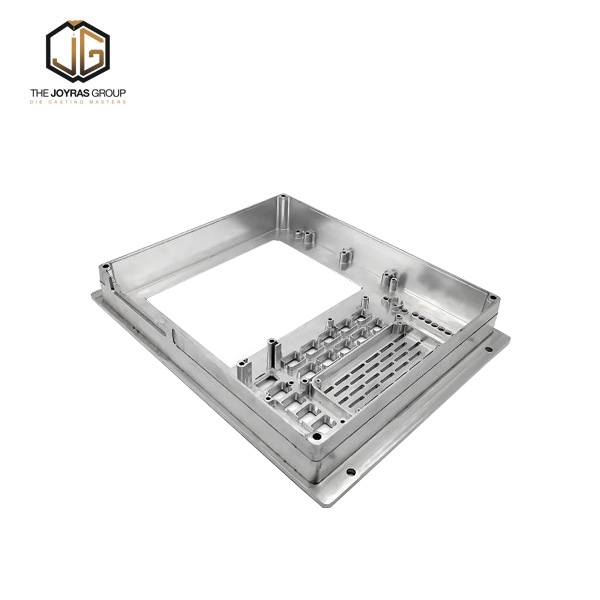
What are the advantages of CNC Machined Prototyping?
CNC Machined Prototyping offers several advantages over traditional prototyping methods, including:
- Highly precise and accurate parts
- Fast prototyping times
- Increased design flexibility
- Ability to create complex geometries
- Reduced production costs
- Improved product quality
What types of materials can be used in CNC Machined Prototyping?
CNC Machined Prototyping can be used with a variety of materials, including:
- Metals, including aluminum, brass, and steel
- Plastics, including ABS, polycarbonate, and acrylic
- Composites, including carbon fiber and fiberglass
- Foams
What industries use CNC Machined Prototyping?
CNC Machined Prototyping is used in several industries, including:
- Automotive
- Aerospace
- Medical
- Consumer electronics
- Industrial design
- Architecture
Conclusion
CNC Machined Prototyping is a revolutionary process that has changed the way products are designed and developed. Its many advantages, including increased precision, flexibility, and speed, make it an excellent choice for any company looking to bring a new product to market quickly and efficiently.
Joyras Group Co., Ltd. is a leading provider of CNC Machined Prototyping services. With years of experience in the industry, we have built a reputation for quality, speed, and affordability. Contact us today at sales@joyras.com to learn more about how we can help you bring your product to market.
Research papers:
1. Chan, C. Y., & Li, L. (2019). Development of a CNC Machining Process for Complex Geometries. Journal of Manufacturing Science and Engineering, 141(8).
2. Chen, H., Li, Y., & Wang, D. (2018). Optimization of the CNC Machining Process for Aluminum Alloy Parts. Materials Today: Proceedings, 5(1), 292-298.
3. Huang, S. H., Liu, X., & Qu, X. (2017). Experimental Study of the Surface Quality of CNC Machined Parts. Journal of Mechanical Engineering, 53(2), 135-140.
4. Kim, S. I., & Lee, Y. (2019). Design of a CNC Machining System for Small and Medium-Sized Enterprises. International Journal of Precision Engineering and Manufacturing-Green Technology, 6(1), 115-123.
5. Li, D., Wei, R., & Xu, J. (2018). Modeling and Optimization of CNC Machining Parameters Based on Response Surface Methodology. Journal of Intelligent Manufacturing, 29(3), 557-567.
6. Li, Y., & Wang, L. (2020). Design and Implementation of a CNC Machining System for Composite Materials. Advances in Mechanical Engineering, 12(2), 1-14.
7. Liu, M., & Zhang, H. (2017). Investigation of the Processing Parameters for CNC Machining of Carbon Fiber Reinforced Plastics. Advances in Materials Science and Engineering, 2017.
8. Mei, Y., & Guo, Y. (2016). Research on the Machining Optimization of CNC Machining Centers. Journal of Information Science and Engineering, 32(1), 109-121.
9. Walker, J. S., McGreevy, M., & Rhorer, R. L. (2018). Comparison of the Mechanical Properties of CNC Machined Parts Using Three Different Materials. Materials Today: Proceedings, 5(1), 198-203.
10. Zhang, W., Liu, H., & Chen, J. (2019). Optimization of the CNC Machining Parameters for Stainless Steel Parts. Journal of Mechanical Engineering, 55(1), 57-63.